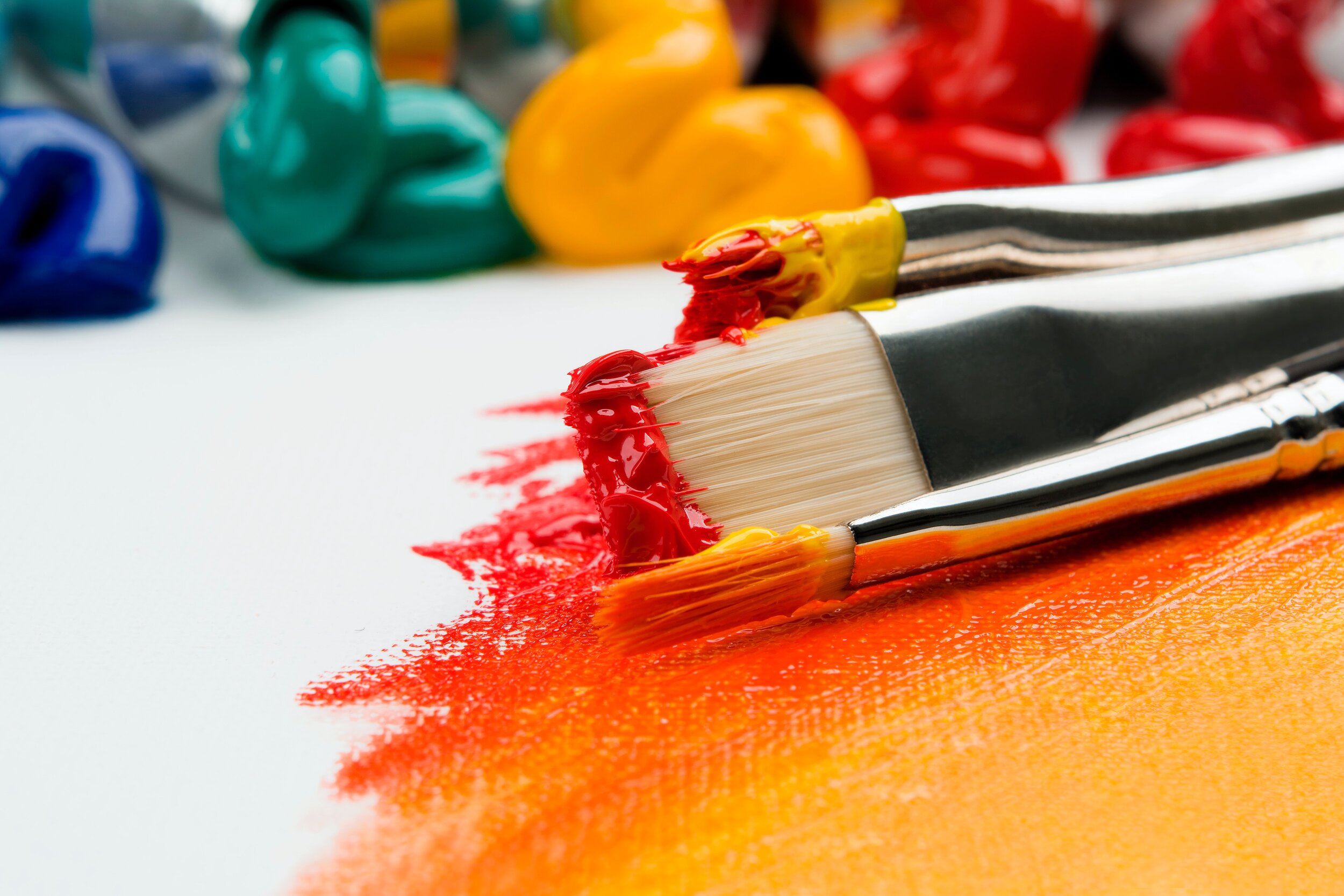What is Art Therapy?
/written by: John Bramer
Art therapy can be a valuable and rewarding way to express ourselves creativity, as well as look after our mental and physical health. The beauty of art therapy is that it is accessible to a wide range of people, no matter their age or skill.
So what is art therapy, where did it begin, and how can we use it today?
Introduction
In essence, art therapy is the practice of experimenting and playing through creativity, with the aim of working through difficult or uncomfortable feelings. It can lead to emotional breakthroughs, clarity of thought, and even a way we can overcome trauma.
Whether it’s painting, sculpting, or using other materials, art therapy allows us to truly concentrate on the creative actions involved – freeing our mind of its stresses and other emotional burdens.
Art skills are not necessary for people to engage in therapeutic art therapy, and anyone can benefit from it. The fundamentals of art therapy are rooted in psychotherapy, and many leading art therapists want to go further by adopting a more analytical approach that leads to meaningful therapeutic breakthroughs for the participants involved.
History
British artist Adrian Hill is thought to be the first person to first give ‘art therapy’ its name. When Hill was ill with tuberculosis in 1942, he discovered the healing benefits of painting and drawing. From there, he began drawing and painting with other patients who were injured from the war – noting that the practice of art therapy seemed to improve their mental wellbeing.
Although the concept of art therapy already existed in a loose form, it’s not until the 1940s that it really took off as a professional discipline. Since then, art therapy has become increasingly mainstream, with a range of artists and psychotherapists looking into the benefits of practising art therapy in people suffering with a wide range of mental illnesses. The benefits of art therapy for general health, both mental and physical, have also become widely appreciated.
The Positive Effects on Health for Seniors
Art therapy can be beneficial for a range of health problems. Research indicates that it can help to reduce pain, stress, anxiety, and depression, and even improve mental function for older adults with dementia. In general terms, art therapy is also beneficial for memory, dexterity, and mental health. The stress reduction that art therapy contributes to can improve physical health, too, as symptoms of stress can be severe and widespread throughout the body.
Art therapy is also valuable for its social aspect. In groups with others, art therapy can engender deep feelings of community and belonging. By unlocking our creative side and deeper emotions with others, we are able to strengthen our bonds with them in a truly meaningful way. Loneliness is sadly an epidemic among seniors, especially at the present time – with the coronavirus meaning many are isolated from friends and family. According to new research, over half of adults have admitted that the coronavirus has affected their mental wellbeing. In these challenging circumstances, any activity that allows people to connect with others on a deeper level is extremely valuable.




